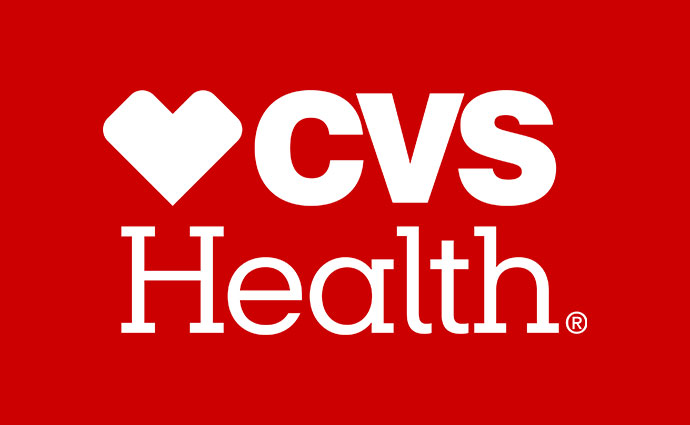CVS Unveils New Pricing Tool for Pharmacy Benefit Management
A new cost model aims to simplify pricing for pharmacy benefit management services.

Source: CVS Health
- CVS Health has introduced a new approach to the pricing of pharmacy benefit management services, the company announced.
The Guaranteed Net Cost model simplifies the financial arrangements underlying pharmacy benefit management (PBM) contracts and emphasizes helping plan sponsors deliver savings through PBM cost management strategies. Some of those include formulary, utilization management, and performance pharmacy networks.
This new model more closely aligns PBM incentives with plan sponsors’ objectives than current pricing models by providing greater cost predictability.
“We see a real opportunity to offer clients a simpler economic model that leverages proven PBM cost management strategies to provide predictable drug costs,” said CVS Caremark President Derica Rice. “As a result, CVS Health is introducing a straightforward, more holistic approach that enables plan sponsors to clearly see the net cost of their pharmacy benefit and select their PBM provider based on that criteria.”
While discounts and rebates are offered by pricing models today, they’d don’t provide net cost predictability, and the variability between PBMs can make drawing direct comparisons difficult. The company’s new PBM pricing model assures the client’s average spend per prescription — after rebates and discounts — across each distribution channel (e.g., retail, mail order, specialty pharmacy).
READ MORE: High-Deductible Plans Lead Diabetics to Forgo, Delay Treatment
Quite simply, the model hones in on net cost per claim. Under the new model, CVS Caremark will pass through 100 percent of rebates to plan sponsors and assume accountability for the impact of drug price inflation and shifts in drug mix. With the Guaranteed Net Cost model, clients continue to have the option to implement point-of-sale rebates to provide plan members visibility into the net costs of their medication
The model calculates cost using plan utilization and expected rebate value, and applying projected drug price inflation and expected shift in drug mix (e.g., movement from brands to generics). Any plan design decisions clients choose to implement to help manage appropriate drug utilization or encourage the use of lower-cost therapeutic alternatives would further positively impact overall plan drug costs.
"As a PBM, our job has always been to help our clients manage costs in the face of escalating drug prices without compromising clinical care, so they can continue to provide an affordable benefit to their members," added Rice. "By simplifying the PBM economic model, we can focus on maximizing the impact of PBM strategies that help reduce costs for clients and consumers and continue to develop additional innovative tools and approaches."
To date, through the application of PBM tools, CVS Caremark has helped improve medication adherence and contain drug cost inflation for clients despite prescription drug price increases. Last year, drug price growth for CVS Caremark PBM clients was 0.2 percent with manufacturer price increasing nearly 10 percent. Additionally, improvements in medication adherence helped reduce overall health care costs for CVS Caremark PBM clients by $600 million in 2017.
Last month, CVS Health closed its $70-billion acquisition of Aetna. It marks the creation of a new “healthcare powerhouse,” which combines CVS Health’s broad pharmacy business with Aetna’s giant insurance base. The aim of the combined entity is to create a new health care model that’s local, easier to use, less expensive and provides advanced care.
READ MORE: Proposed Rule Seeks Lower Medicare Advantage, Part D Drug Prices
The purchase consideration of Aetna is valued at $212 per share or approximately $70 billion. Including the assumption of Aetna's debt, the total worth of the transaction is $78 billion. Post-integration, Aetna will operate as a stand-alone business within the CVS Health enterprise.
That comes in the immediate aftermath of remarks by a federal judge charged with signing off on the US government’s decision to okay the merger.
Judge Richard Leon of the US District Court for the District of Columbia indicated he was “less convinced” than the government that the companies had reached a deal that guaranteed the merger was legal under antitrust law.
In a hearing, the judge complained that the two sides had treated him as a “rubber stamp” for the agreement.
“At this stage, I am less convinced of the sufficiency of the government’s negotiated remedy than the government is,” he wrote in the order.
READ MORE: Insured Consumers Struggling With Prescription Drug Costs
The Department of Justice approved the merger on condition that the health insurer sell its Medicare Part D drug plan business to WellCare Health Plans Inc. That sale was completed last month.
Also in the order, Leon asked the government and the companies to file a brief by December 14 to show why their integration should not be halted while he considers whether to approve the consent decree reached in October.
